Answer: You want to design systems that drive behavior change for good.
This includes product managers, marketers, designers, engineers, program managers, and anyone who helps develop experiences, products, or services for people.
We built these courses for people who ask these type of questions:
Our team is designing a product that helps people be healthier. Engagement is low. What do we do?
We asked our users what they wanted and they clearly said they wanted this feature, but active use hasn’t improved. What now?
We think we built something super cool. But we aren’t getting the sign-ups we think we should get.
We have this new product, but we’re not sure how to price it. How do we get the most users but still get paid?
As a product manager, designer, marketer, or engineer, you have undoubtedly asked yourself one of the above questions.
In order to figure out the answers to these questions, the marketer or engineer may dive into the site analytics or run SQL queries on user actions. The product manager may call a few users in for a quick user research session. Sometimes, there is a cross-functional swat team created. This group will work together to brainstorm potential solutions until the most reasonable and feasible idea is agreed upon by a majority (or at least by the decision-maker).
Sound familiar?
As people who create experiences for others, we work incredibly hard to create and improve these experiences. Sometimes it feels like trial-and-error, a series of guesses and checks.
No matter how many blog posts by successful founders you read, customers you talk with, or frameworks you deploy, it never feels like there is an easy answer.
That’s because it IS hard.
In order to create a product that people use and love, we have to really understand our user. We have to understand how this person makes decisions. We must have a sense of what motivates them to try something new. We need to know their world well enough to create products, features, and experiences that would improve it.
To make things even more difficult, these users have busy lives. They are preoccupied with their jobs, their friends, their kids, their social media feeds. Just like you, they feel like there is never enough time to do everything they want to.
It would be nice to think that the user cares about us as much as we care about them.
Is this really the case? Of course not.
But somehow, we’re hoping to create an experience they use every week or day, maybe even multiple times a day.
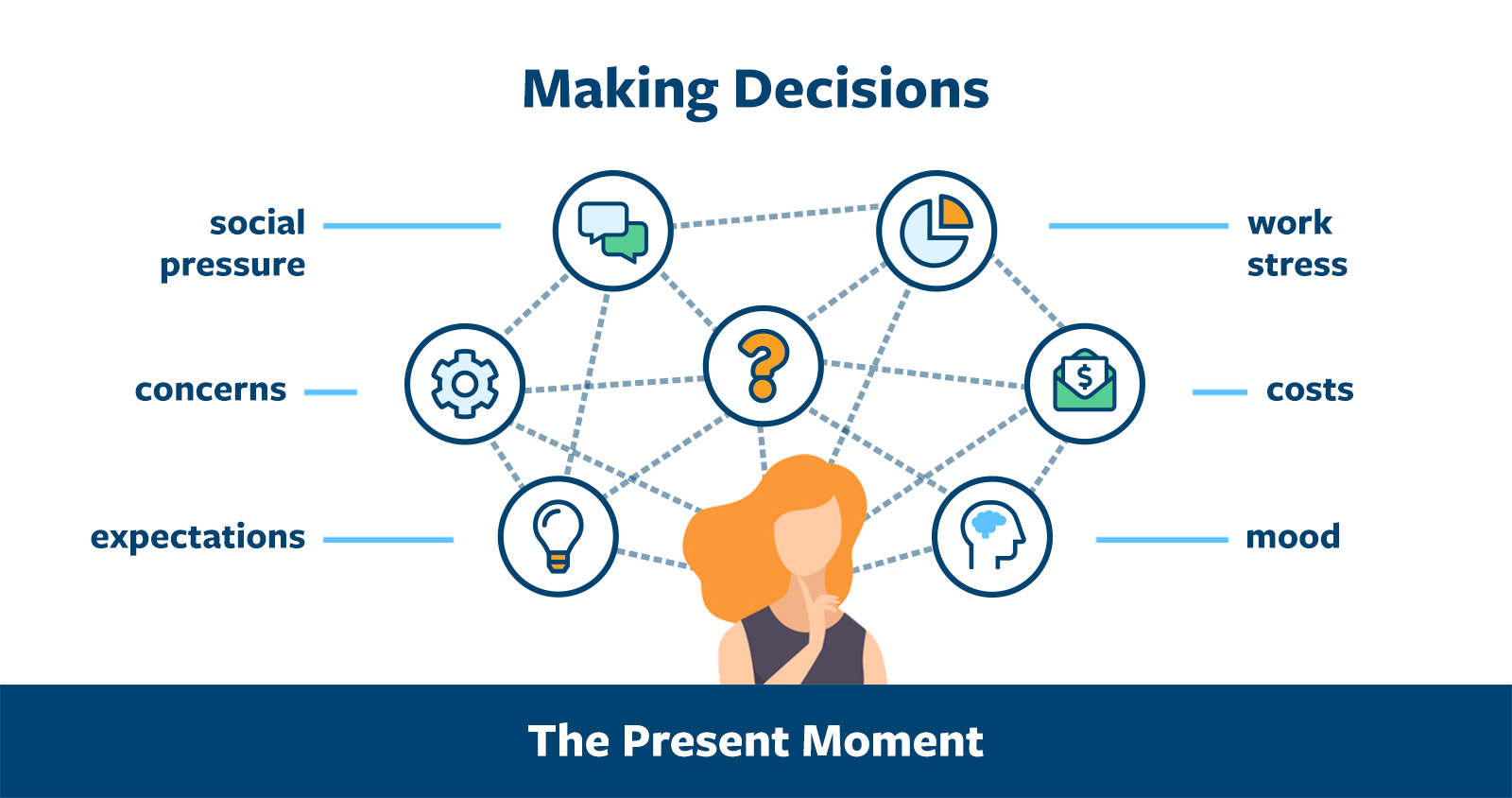
Given these challenges, how should product managers, marketers, designers, and engineers attempt to build experiences that people use and love? We argue in these lessons that everyone should take the shortcut.
Wait, there’s a shortcut?
Yes! There’s a shortcut.
It’s called Behavioral Science.
Academics around the world study how people make decisions. They run controlled studies around choice architecture. They pit two incentive plans against each other, head-to-head. They ponder the true price of “free.” Information on how your customer makes decisions is being published, debated, and refined right now.
And yet…the product manager makes a decision about a feature after talking with only five users. The designer uses their intuition to create a landing page or a sign-up flow. When have you ever heard of a designer being asked if there was current research to support his or her decision to redesign the first page of an application? Have you ever heard a marketer explain his brand positioning proposal using theories of loss aversion?
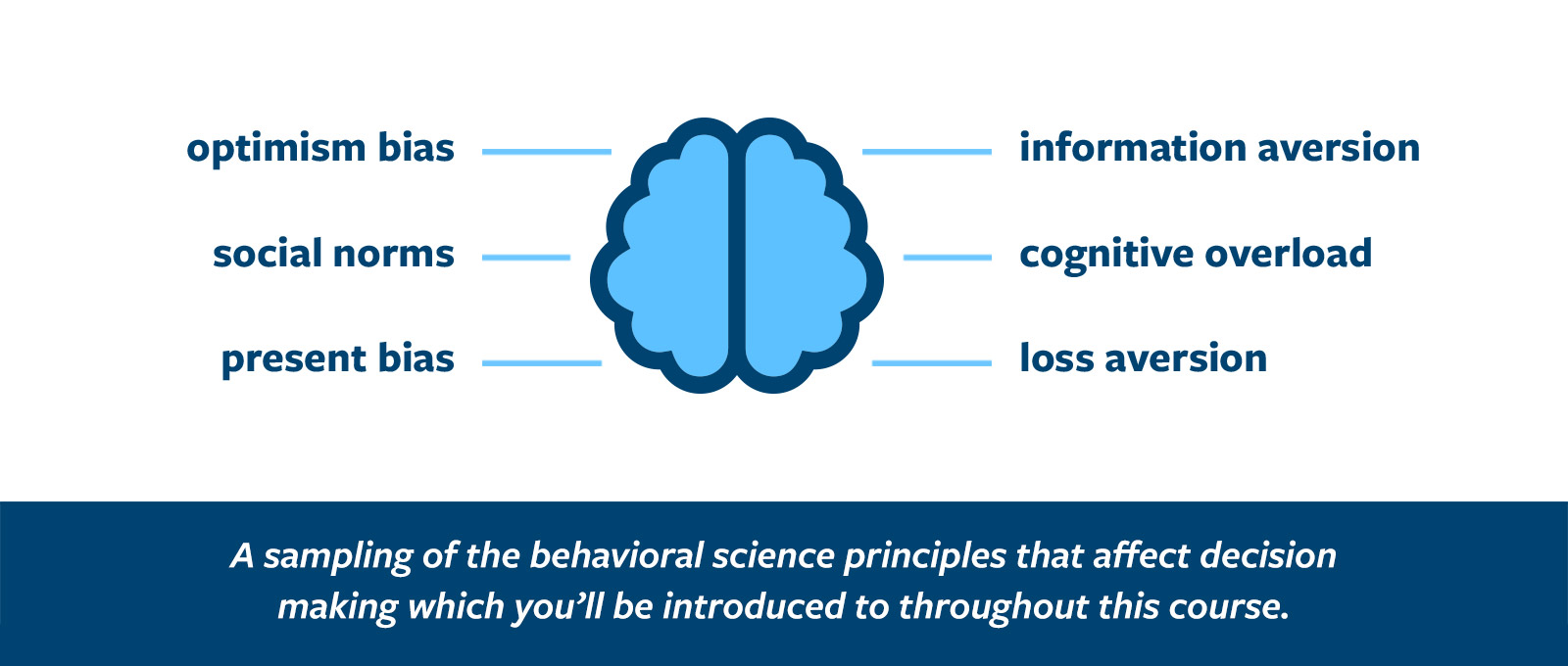

The likely answer to these questions is that you haven’t experienced this—yet. We believe this current approach to solving product and marketing problems within companies is just irresponsible. It’s a colossal waste of time. Every team is reinventing the behavior wheel. Every team is rethinking how to influence behavior and starting from scratch.
The purpose of these lessons is to help you take the shortcut by making the immense amount of existing knowledge about how your customers make decisions easily accessible. To do this, we’ve combed through the academic journals that no one but academics enjoys reading and pulled out the most relevant research. We are serving it in bite-sized chunks and in a way that hopefully resonates with product and marketing teams.
Why this is so important
About one hundred years ago, roughly 10% of our mortality was determined by our own agency; that is, bad human decisions. These days, about 40% of human mortality is caused by or aided by the bad decisions that we continuously make – heart disease, cancer, diabetes, car accidents. As we invent more technology, we also invent more ways to kill ourselves. It sounds like an exaggeration, but if you’re familiar with the statistics on fatalities linked to texting and driving you’ll know it’s not.
The good news is that we are the ones who design the environment that can help people make better decisions. We can change this. As the people who design almost everything around us, we also have a large influence on how other people behave. As choice architects, we can design environments that will help people make better decisions.
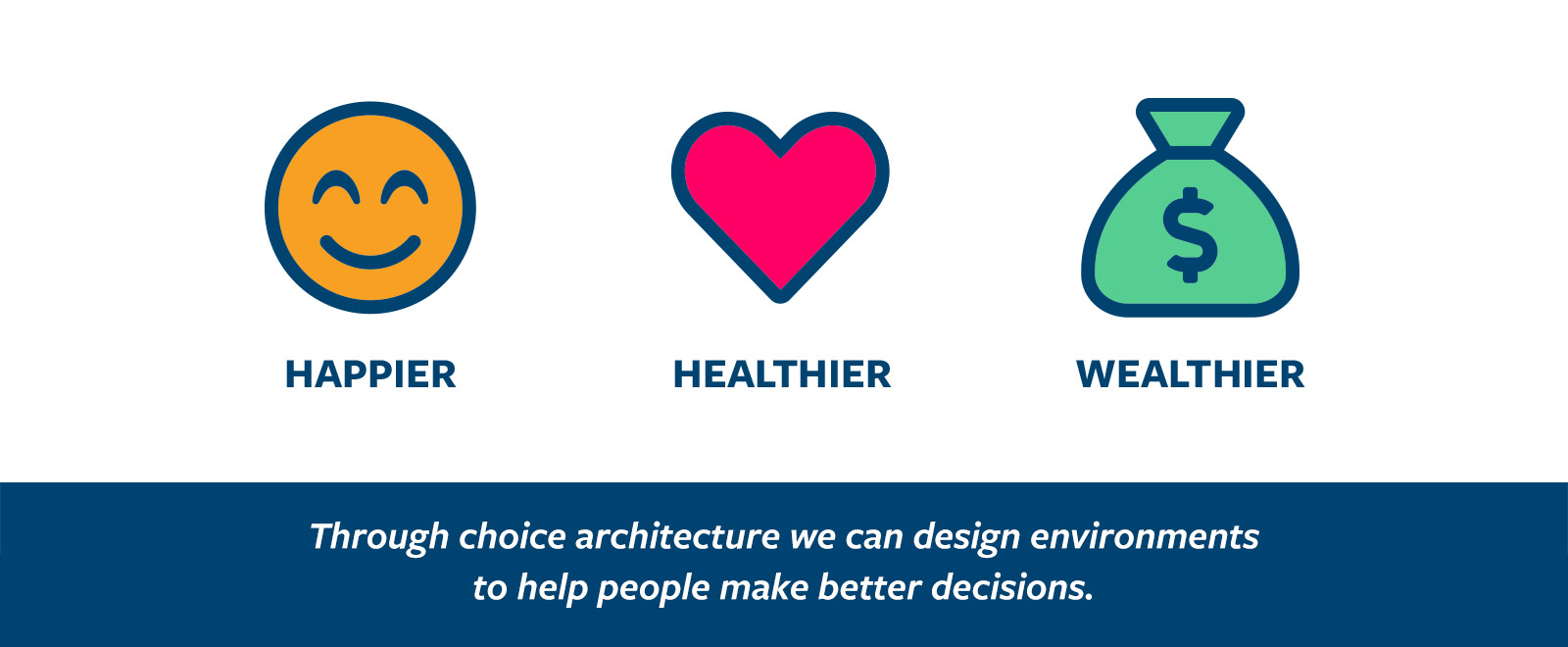

So, how can we do this? How do we build environments that change human behavior for the better? What’s the formula?
Unfortunately, there is no single magic formula, but there is a systematic approach based upon robust scientific findings.
These lessons present important behavioral science findings and give you various ways to influence the environments of the people whose behavior you’re trying to change. Every environment is different, however, and little details matter. Just because a technique worked with app A, doesn’t mean it will also work with app B. Just because a solution worked very well to get people to eat better, it doesn’t mean it will also work with safe driving.
While Behavioral Science doesn’t provide a set of cookie-cutter tips and tricks to solve every problem, it can (and will!) give you a set of tools to systematically figure out what might work.
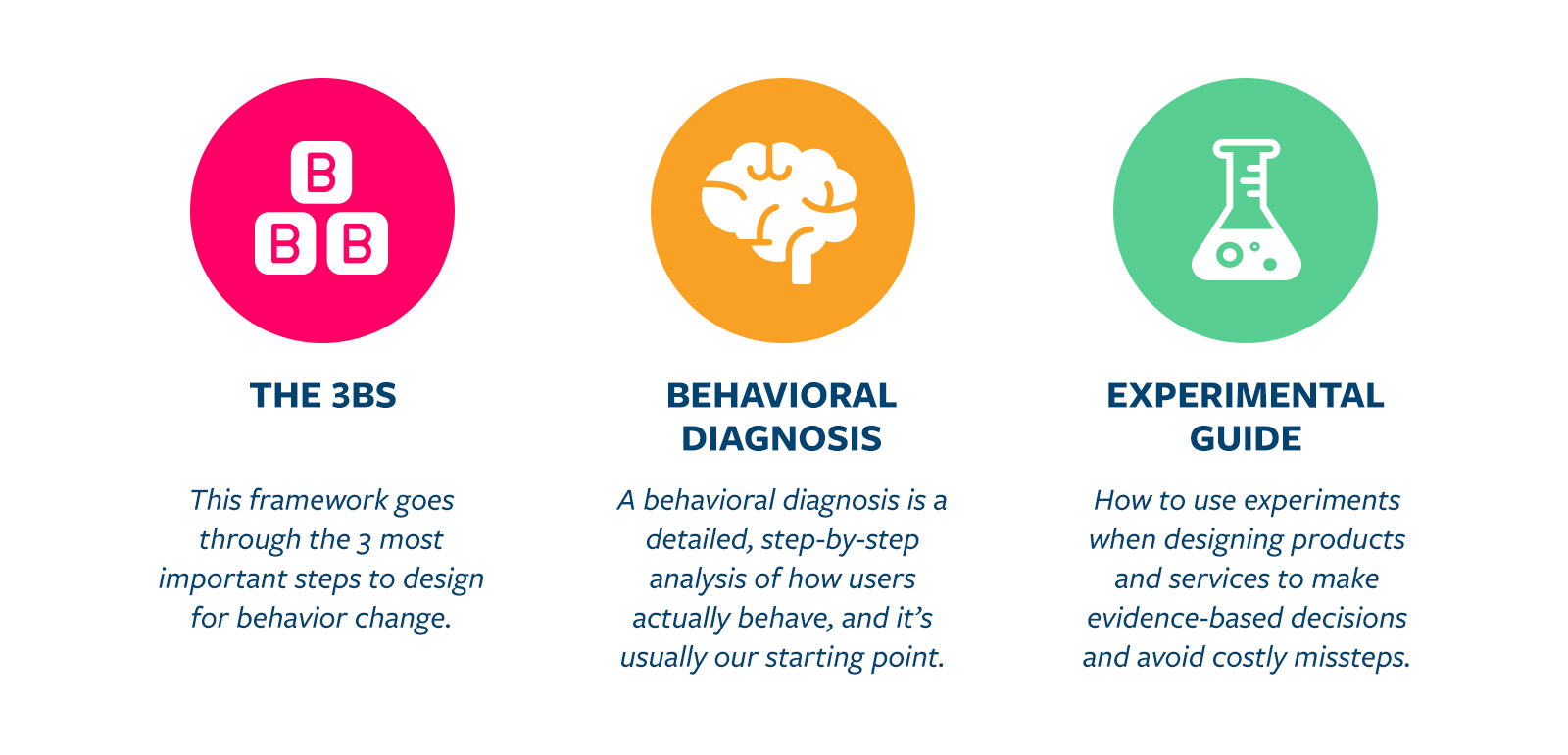
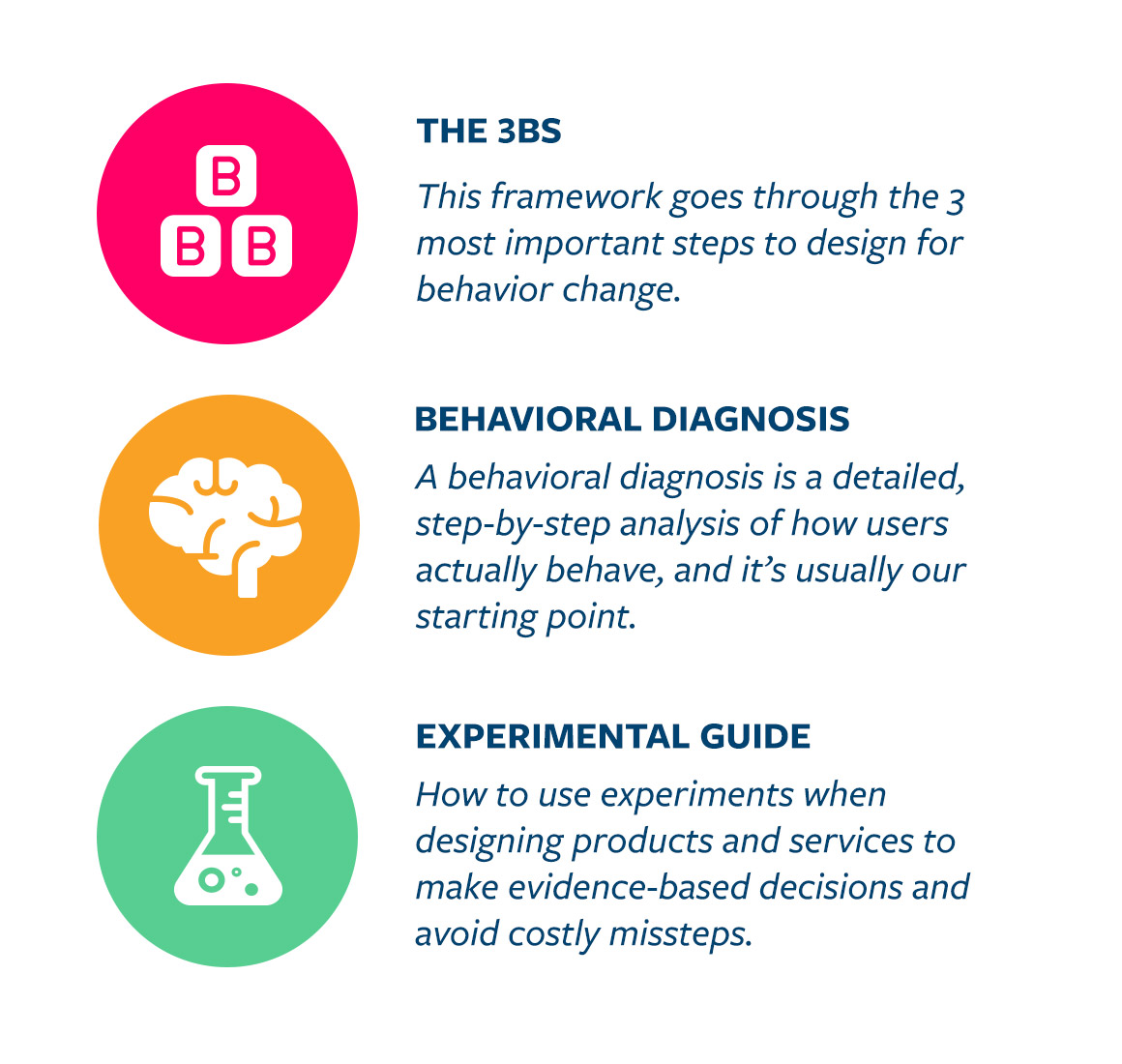
Studying behavioral design allows you to come away with testable hypotheses, and the ability to apply the fundamental insights and findings of Behavioral Economics to your work and life.
